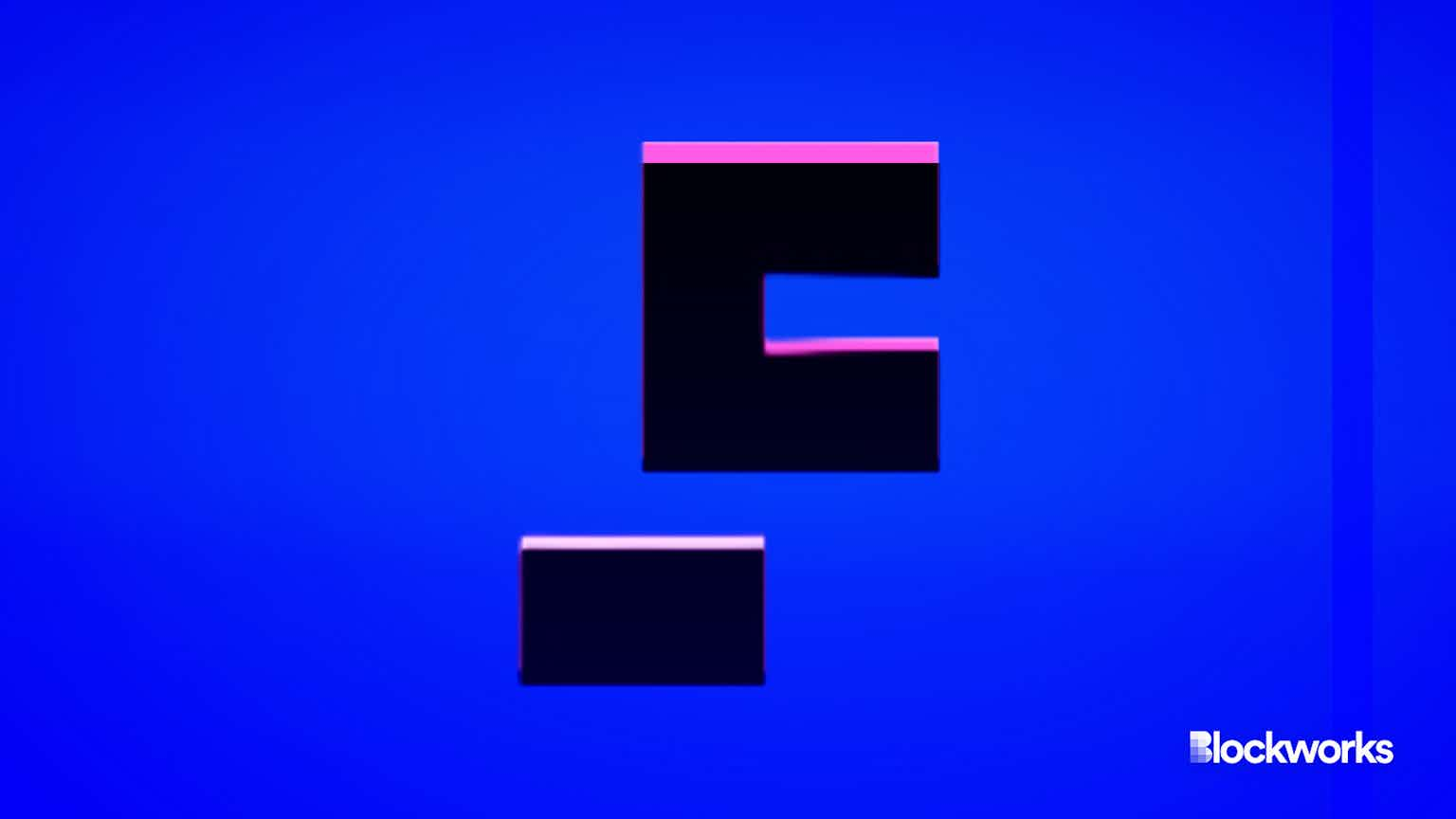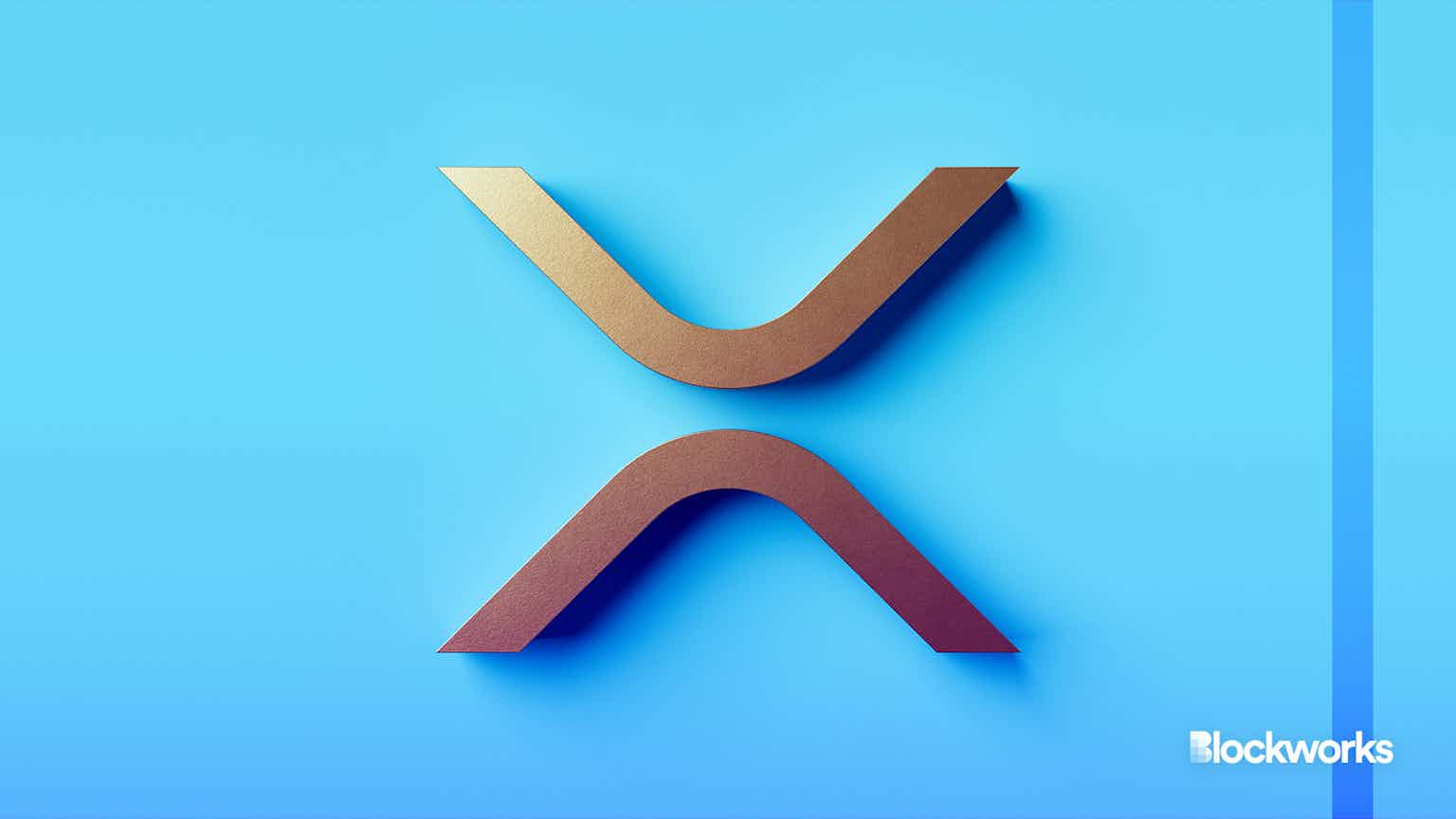Blockdaemon CEO: Staking and Lending Will Make DeFi Mainstream
Konstantin Richter predicts that the market size of crypto will expand three to four times due to the evolution around liquid staking, lending and DeFi.

Konstantin Richter
key takeaways
- Richter said he expects the full merge of ETH 2.0 to happen during the first quarter of 2022
- “The large adoption we see in DeFi today is crypto-native people who are very literate in the crypto sphere…but he next big thing is the simple activation of DeFi products”
Staking cryptocurrency is complicated and difficult for most people, but Blockdaemon CEO and Founder Konstantin Richter thinks there’s an evolution on the horizon around liquid staking.
“Within the next year, staking and lending will bring DeFi to the masses. It’ll be a big shift, and it’s going to accelerate adoption,” Richter said.
Richter expects the full merge of Ethereum 2.0, which is transitioning from proof-of-work (PoW) to proof-of-stake (PoS), to happen during the first quarter of 2022. He also predicts that the market size of crypto will expand three to four times due to the evolution around liquid staking, lending and DeFi.
“I think we’ve seen enough progressive steps toward [Ethereum 2.0]…if it does come and does work, it’ll be the biggest mass adoption event of DeFi we’ve seen.”
Blockdaemon connects institutions to blockchains through its nodes. The company runs over 20,000 nodes and launches thousands of new nodes a month, Richter said. Blockdaemon recently added validation for SKALE (SKL) mobile staking, which allows users to stake SKL tokens from within an app on their phone.
The node operator has grown 10 times as a company in the past year, launched 75% of their current nodes just in the last nine months and, by end of year, is expecting annual recurring revenue to be between $70 and $80 million, Richter said.
In general, staking crypto involves users locking up a portion of their digital assets for an extended period of time, either by running validator software or delegating their tokens to a validator on the blockchain network. As a reward for helping to secure the network and participate in the processing of transactions, stakers can earn additional cryptocurrency — effectively a yield.
For example, users holding 32 ether (ETH) have the option to deposit their assets in the Ethereum 2.0 staking contract by running a staking node. Unlike the currently dominant version of Ethereum, which is secured by a mining process (similar to Bitcoin’s), Ethereum 2.0 will rely on ether stakers for its security — the validators who earn newly issued ETH in the process, currently around 6% annualized. But this requires a fair bit of technical know-how (and a considerable bankroll).
At the time of publication, there were over 7.9 million staked ETH (around $30 billion worth) securing the Beacon chain, which will eventually be merged with the current Ethereum Mainnet.
Richter thinks the complex process, which involves custodians, node operators, protocols and more, can be made more accessible. Liquid staking also enables would-be stakers to participate with a smaller amount of ether, and to avoid have it be locked until the merge is complete.
“The large adoption we see in DeFi today is crypto-native people who are very literate in the crypto sphere,” Richter said. “But the next big thing is the simple activation of DeFi products,” he said.
Richter expects more seamless integrations of yield-bearing models aimed at customers who don’t want to jump through hoops to get it.
In the past few months, staking has become a hot topic and made headlines as both traditional finance and crypto businesses predict the industry to grow.
In July, senior analysts at JPMorgan Chase wrote in a report last week that the staking industry has a total revenue of $9 billion currently but estimates that staking revenue can grow to $40 billion by 2025, following the Ethereum upgrades.





